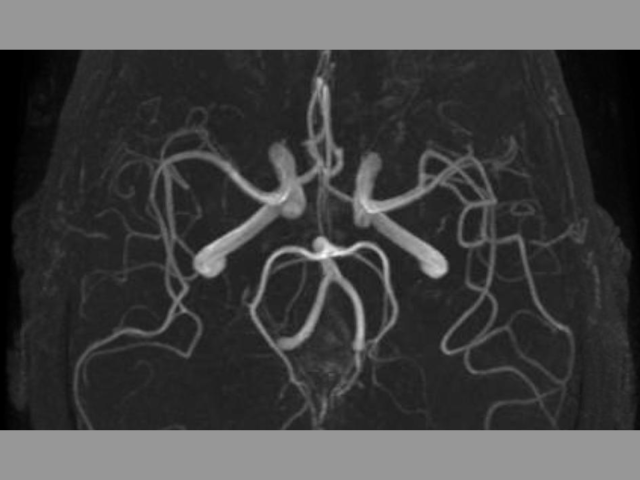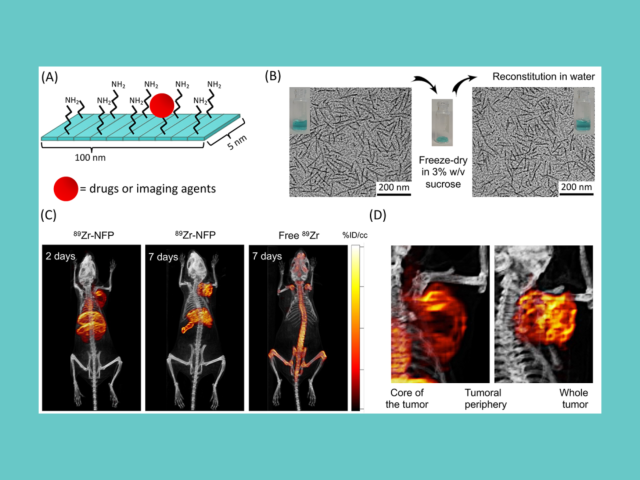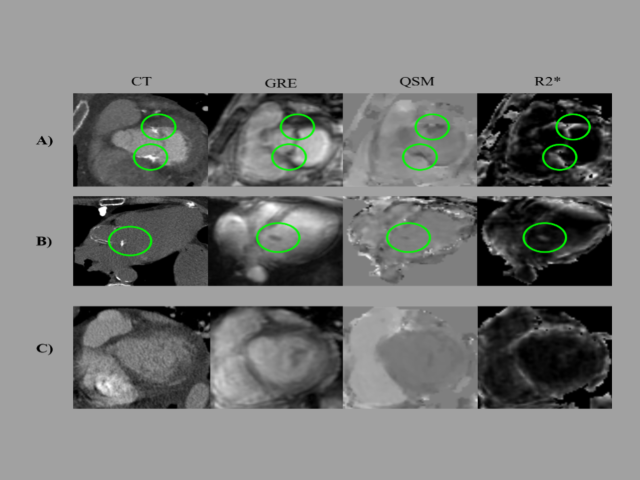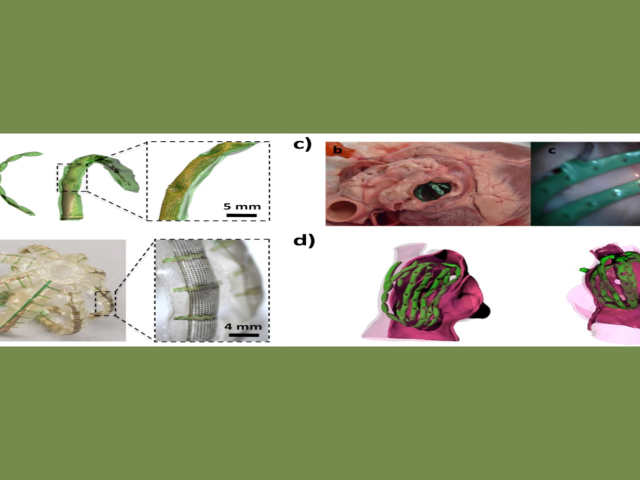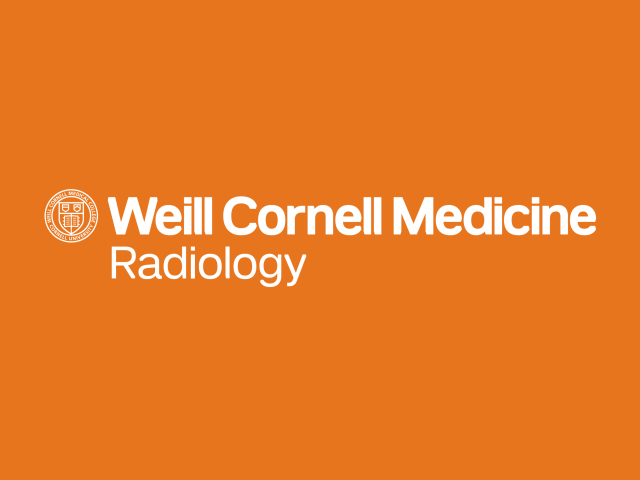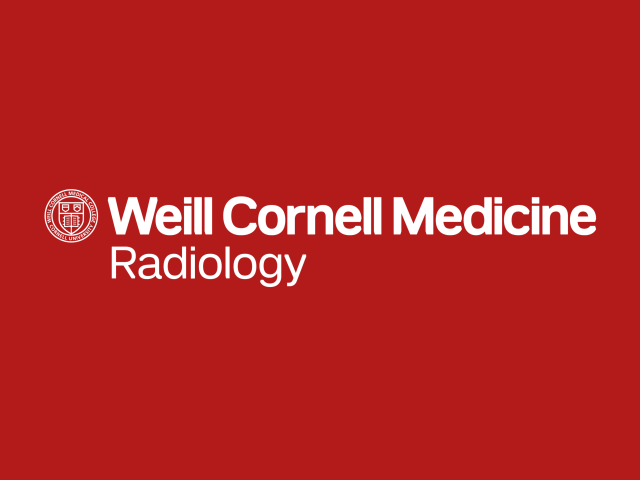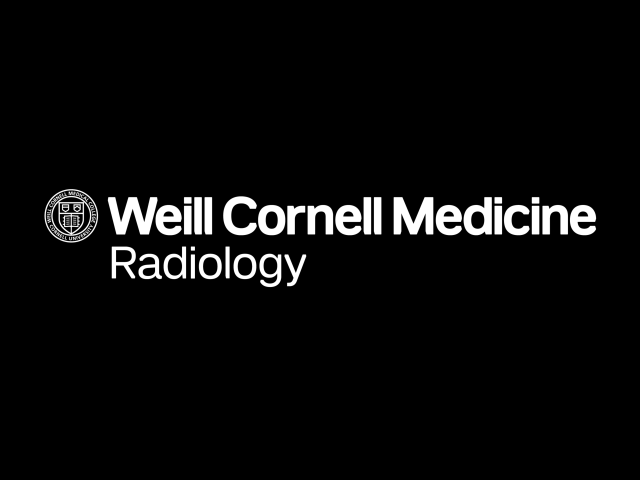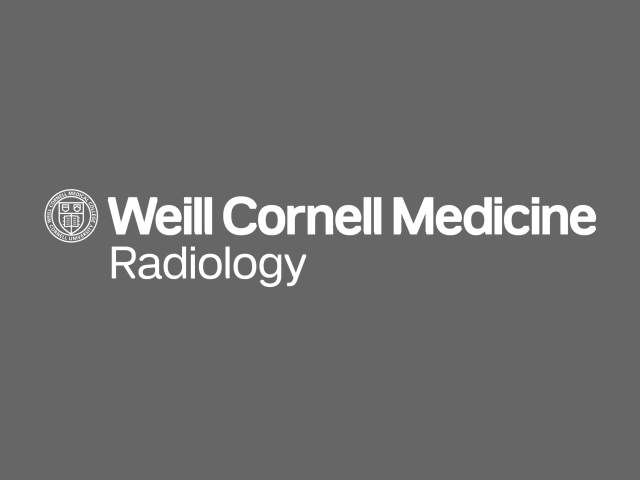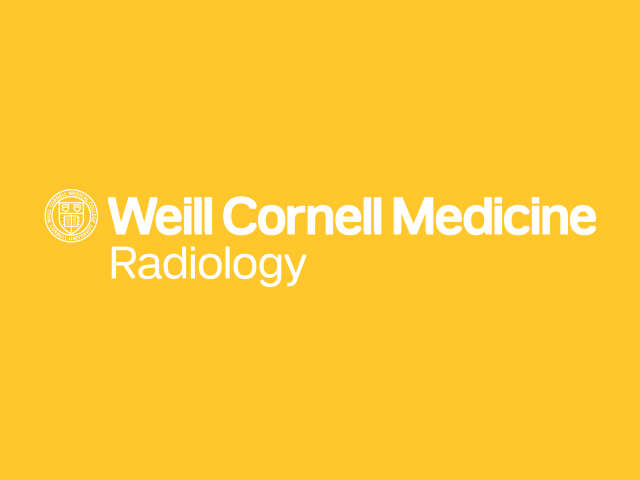Anatomy of the circle of Willis, cerebral blood flow, and Alzheimer's disease biomarkers in hypertension
The Glodzik Lab plans to expand upon their past work describing an optimal blood pressure target, focusing on incomplete variants of the circle of Willis (CoW). The lab's data indicate that incomplete variants play a role in circumstances when there is already a pre-existing impairment of the vascular system. This project will examine whether incomplete variants of the CoW, in the setting of...
A multiplexed approach to improve tumoral targeting and chemotherapeutic treatment
The drawbacks of nanoparticles include poor tissue extravasation, incomplete drug release, and off-targeted delivery to the reticuloendothelial system and organs. In addressing these challenges, we have developed a new nanomaterial “nanofiber platform (NFP)” with unique dimensions (0.5 x 5 x 100 nm), setting it apart from other nanoparticles. Notably, the NFP exhibits excellent tumor-targeting...
Noninvasive measurement of oxygenation using quantitative susceptibility mapping
The goal of this research is to develop cardiac quantitative susceptibility mapping (QSM), a new magnetic resonance imaging (MRI) technique, for non-invasive measurement of blood oxygen saturation in the heart—an index that strongly predicts clinical outcomes but currently requires invasive testing. To do so, blood oxygenation on QSM will be validated in relation to invasively measured...
Soft robotics sensing arrays for mapping cardiac arrhythmia
Atrial Fibrillation and Unstable Cardiac Arrhythmia: Atrial fibrillation (AF) is a significant problem for the health care community. The most common cardiac arrhythmia, it impacts more than 35 million individuals worldwide. In this disorder, complex and aberrant electrical signals override normal cardiac electrical signals, causing the left atrium to contract rapidly and asynchronous to the...
Assessment of cerebral spinal fluid (CSF) volumetrics and kinetics for drug delivery
Delivery of various drugs in both intrathecal and intracisternal spaces are being used to treat a myriad of diseases. Knowledge of the rate of drug delivery to each region in the brain via the CSF space may be estimated by using MRI. Our lab published the first time course results of intrathecal gadolinium uptake in CSF and brain regions in normal control subjects using high resolution MRI. In...
Urinary drug disposing system
Most bladder cancer (BC) patients are diagnosed early. The standard treatment is to surgically remove the tumors, followed by intravesical immunotherapy (Bacillus Calmette-Guerin) or intravesical chemotherapy (ITC) to eradicate any residual cancer cells. The current ITC are limited due to incomplete treatment, poor patient compliance, and high recurrence rate. In addition, clinicians are...
A multiplexed approach to improve tumoral targeting and chemotherapeutic treatment
Drawbacks of nanoparticles are poor tissue extravasation, incomplete drug release, and off-targeted delivery to the reticuloendothelial system and organs. The Law lab developed a new nanofiber platform (NFP) displaying a unique dimension (0.5 x 5 x 100 nm) different from other nanoparticles. The NFP has an excellent tumor-targeting property. It can structurally transform into 10-times larger...
Anticancer agents
To improve treatment outcomes, multiple drugs of distinctive mechanisms but complementary anticancer activities are often used to enhance antitumor efficacy and minimize the risk of acquiring drug resistance. Specifically, the Law Lab investigates the synergistic effects of drug combinations to develop new therapeutic strategies, such as drug-induced targeting approaches, for cancer treatments....
PET measures of CSF clearance in preclinical AD
This PET project examines the longitudinal relationship between the clearance of cerebrospinal fluid and the propagation of brain amyloid.
CSF clearance and brain amyloid dynamics after traumatic brain injury (TBI)
The goal of this grant: to examine whether CSF clearance is relevant to recovery (cognitive, functional and symptomatic) from TBI, and if CSF clearance predicts the reduction in the amount of amyloid present in the brain one year after TBI.



